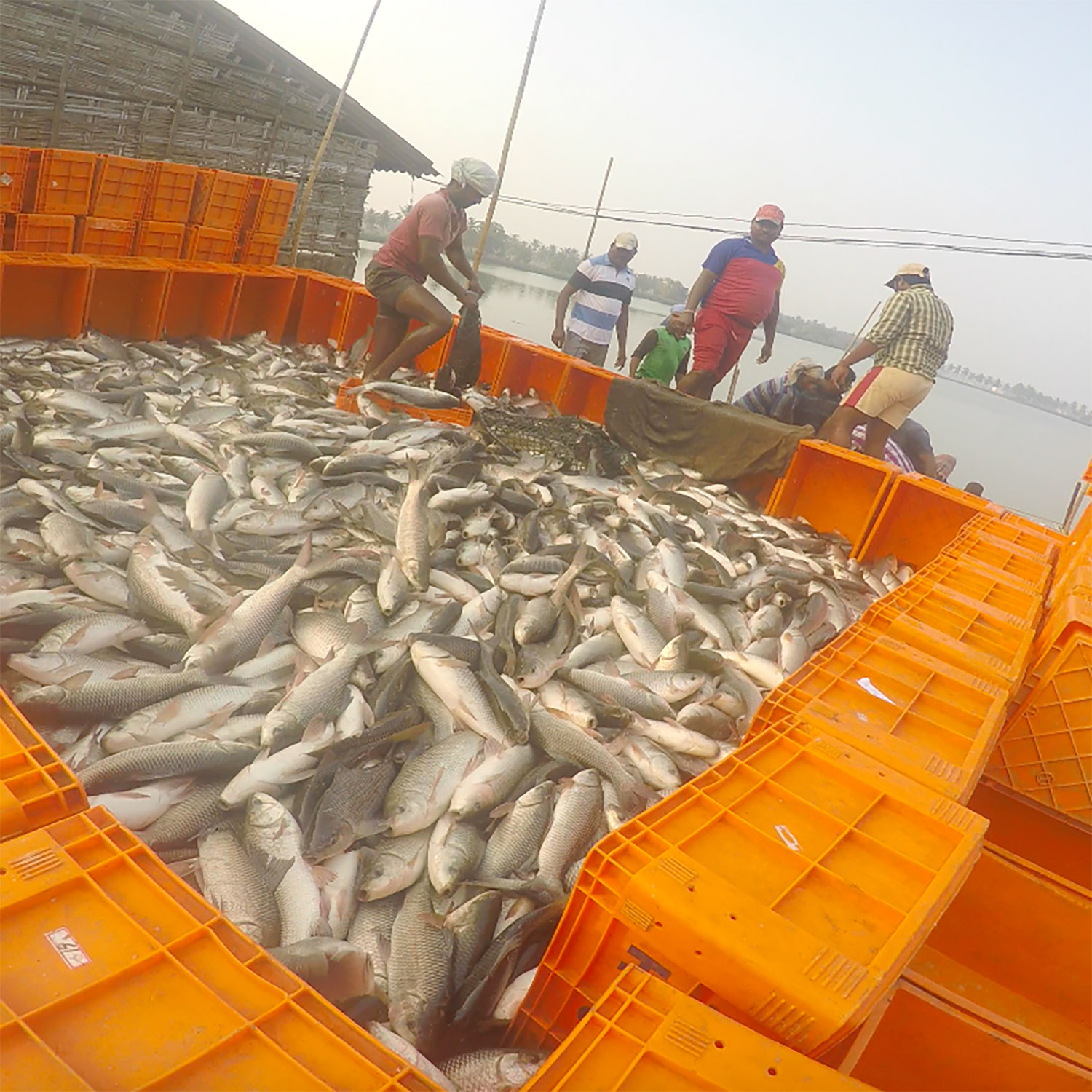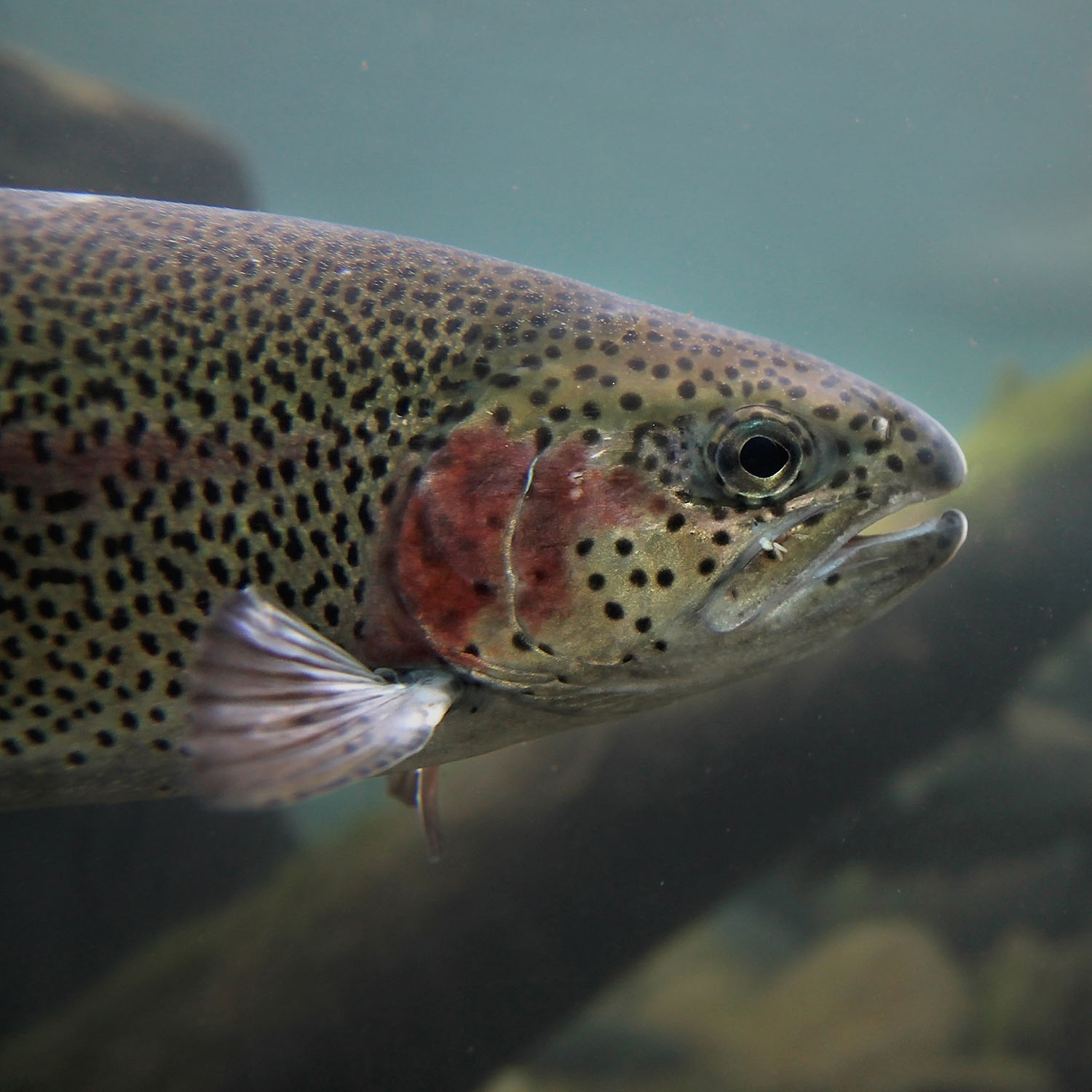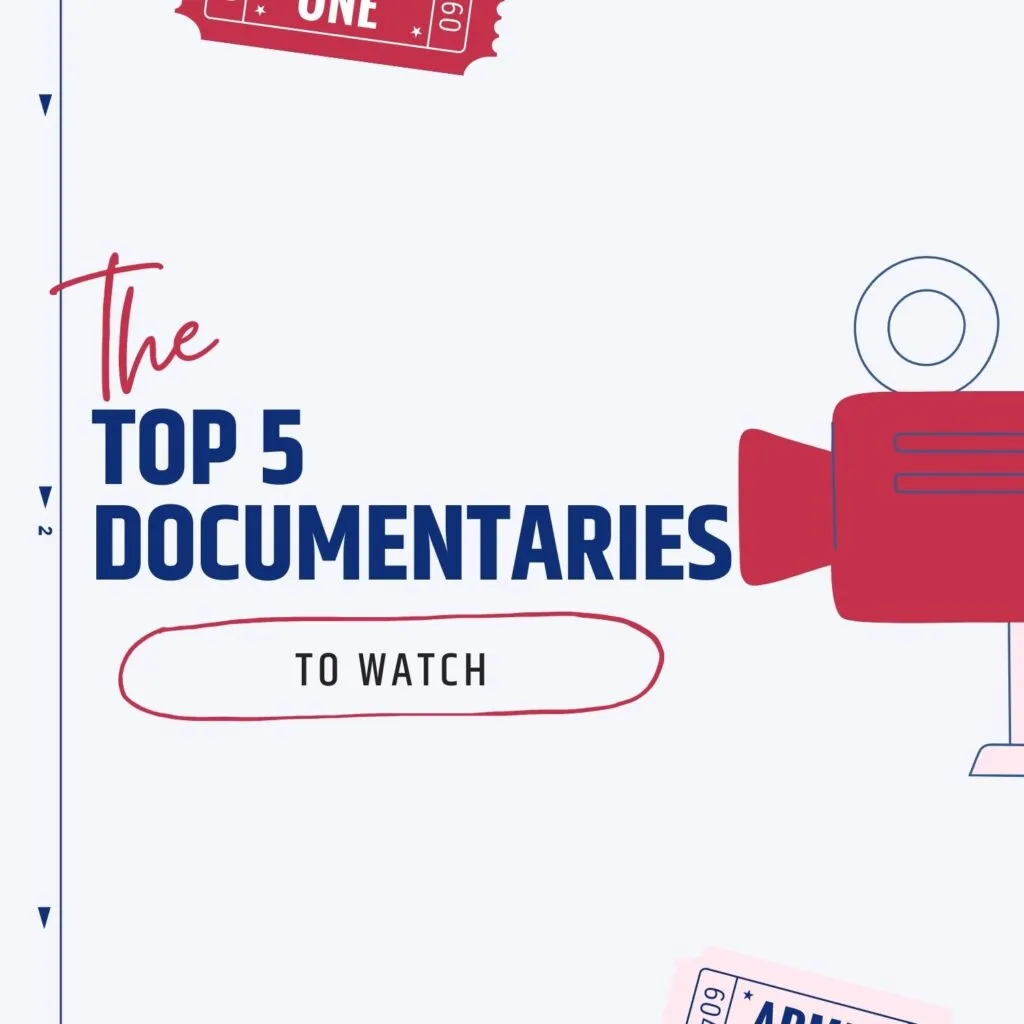

World Fisheries Day
Each year ~1 trillion to 2.8 trillion fish are killed. This World Fisheries Day, let’s understand their side of the story, their pain, and the abusive practices in the fisheries sector.
Let’s look at some outrageous facts about the fishing industry:
- Estimates say that in the US alone, millions of crabs are killed every year.
- A massive 300,000 (approximate) whales are killed each year as a result of fisheries bycatch, while many whales succumb to other equally daunting threats from shipping and habitat loss.
- Roughly over 1,00,000 dolphins are killed every year between Iceland, Norway, and Japan.
The daunting question: Do fish feel pain?
Have you ever seen how fish die when taken out of water? Several studies are conducted to understand if fish are capable of feeling the pain. Researchers suggest that fish have 20+ pain receptors also known as nociceptors. This speaks volumes of the pain that fish experience although they cannot scream or actively express their suffering.
Here are some cruel practices of the fishing industry
1. Purse seine
If you thought only animal farming existed, think again. Fish farms under Purse seine fishing are huge nets underwater where fish are bred to be sold and consumed. The fish in this space have very little room to swim and are often riddled with parasites, bacteria, and other illnesses. This gives rise to various diseases among other water life and is eventually transmitted to humans too.
2. Longline fishing
One of the most infamous techniques to catch fish is Longline fishing where the long trail of rope with baited hooks is suspended in the water attached to a fishing boat. This trail can stretch for many kilometers to attract a huge kill in one go. The fishes get dragged, some bleed to death from the wounds while many others suffer for a long length of time with hooks inside them. When it is time to haul them up out of the water, they are dragged out by piercing the pickaxes through their eyes or fins to ready them to store and transport, causing them to go through a great deal of pain, eventually leading to their slow death in the process.
3. Trawling
In this technique, the fishing net is attached to the boat and dragged along the ocean floor which is also known as bottom trawling. The fish are chased to the point where they are exhausted and simply captured in the net. This process is not some 10-15 minutes long but can go on for several hours. The fish that get trapped at the end of the net, which is called the COD end, die as a result of compression from the mass of the fish trapped in the net. When the net is raised from the water with a sudden jerk, the water pressure changes rapidly causing their guts to pop out of their mouth, eyes to come off the eye sockets, and their insides to burst open while some of them are still alive.
4. Gill nets
A large wall of the net is suspended in the large water bodies where the fish get tangled in the mesh and eventually get trapped for hours and days before the mesh is hauled to separate the fish from the net. The fishes thus trapped struggle to set themselves free and get further tangled causing them to experience panic. They are often attacked by other sea predators and the net causes them wounds and cuts.
5. Live bait fishing
A water container with live fish is carried in the boats which are then used as baits to catch other fish. These living beings are trapped in this container and go through enormous fear due to confinement, for days and weeks. A great number of fish perish at this stage due to shock and damage to the tissue from being stored for a long length of time while others survive. This suffering is only the beginning of their painful journey as they are later impaled on the hooks or transferred on the net which is then lowered into the water body to lure other fish to be eaten alive.
6. Harpooning
A harpoon is a spear-like object with barbs, attached to a rope that is fired by a gun or manually at large sea creatures such as whales. Once the harpoon is shot toward the fish, it pierces through the fish. Once the fish is exhausted from trying to get rid of the harpoon and stops moving, it is pulled out of the water. This technique is criticized for being responsible for bycatch. Bycatch is when certain species of fish are caught unintentionally in the process of catching other species of fish.
7. Slaughter
Fish are then hauled on the deck where they wriggle and squirm to put up their last fight. They are thrown in containers with ice after cutting their gills while they are alive.
So, now that we are aware of the inhumane techniques of the fishing industry, we can take progressive steps to prevent their suffering. We all can choose compassion by choosing a plant-based diet. Visit Love Veg to get tips, delicious recipes and more.

DEFEND THE UNPROTECTED
Scientists confirm: Fish have rich emotional lives and the capacity to feel. Protect these sensitive beings by choosing plant-based alternatives to animal food products.
Recommended



